Wedding season is fully upon us and I, for one, couldn’t be happier. I love celebrating my friends’ and family members’ nuptials with lots of dancing and special touches. One of my favorite parts of a wedding is taking in all the details that have been carefully selected by the happy couple to represent their relationship and love for one another. These choices they make together reflect who they are and how they see themselves as a unit.
There are a number of important decisions to be made surrounding a wedding, including the venue, reception, food and clothing. But probably one of the most iconic decisions to kick off wedding planning is the engagement ring. From Instagram posts to clever captions and group threads asking to see the bling, this moment is the first one an engaged couple shares with their loved ones.
However, this decision – as important as it is – might be even more important than we realize. Purchasing a diamond ring might actually have more of an impact than simply signifying a person’s relationship status. While I was in college, I learned about diamond mining and the dangers of the diamond trade when working as an ambassador for Fair Trade. One documentary, “Blood Diamonds,” focuses on the conditions of diamond workers in the Sierra Leone. For the conscious couple, taking into consideration where their diamond comes from and how it was sourced could be one way to start their engagement ethically.
To learn more, we chatted with Beth Gerstein, co-CEO of Brilliant Earth.
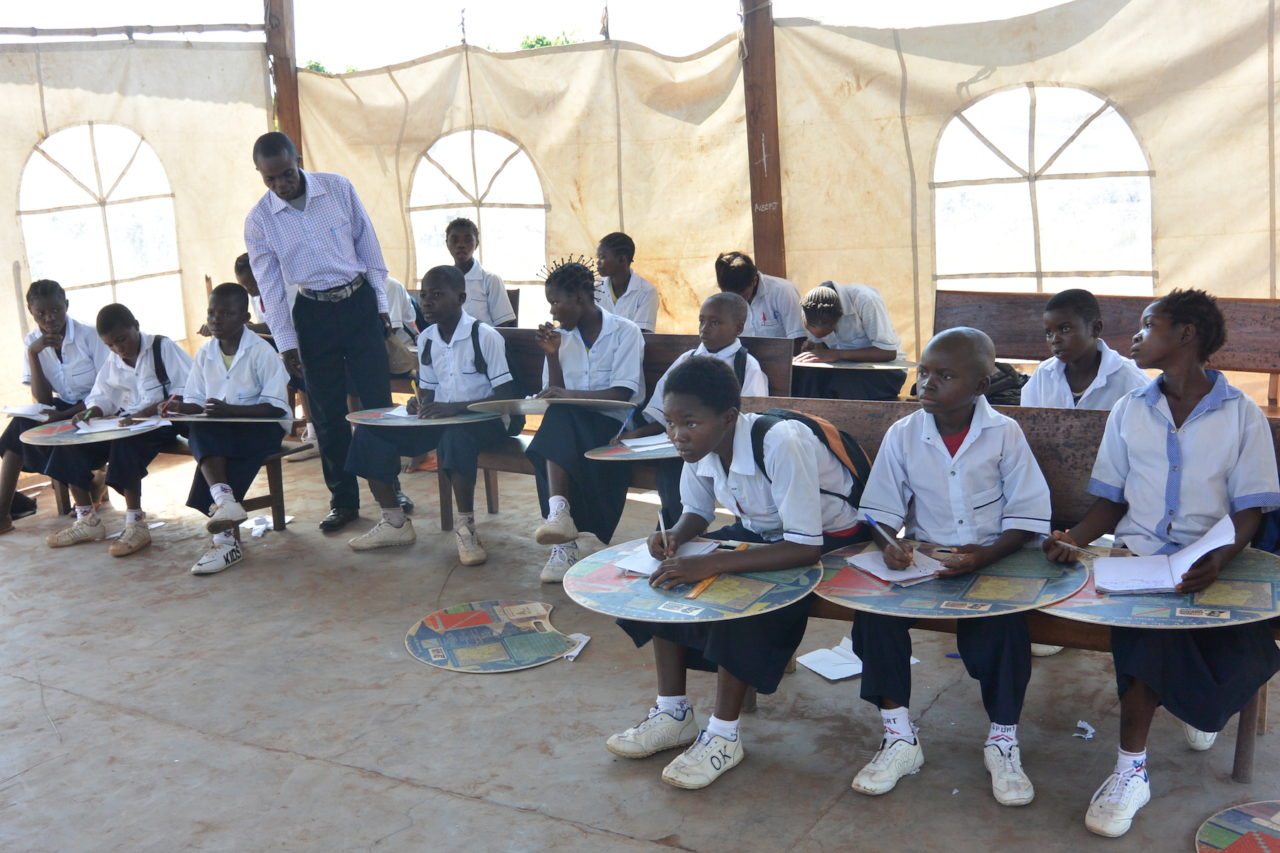
This company’s self-proclaimed mission is to cultivate “a more ethical, transparent and sustainable jewelry industry.” They believe that quality, fine jewelry doesn’t need to come at the expense of human life or the environment. They also focus on fostering community, promoting education and giving back to areas that have been damaged by the diamond trade.
One thing we learned from our discussion is that diamonds at Brilliant Earth are more than conflict-free. This means that they use only “natural diamonds [that] originate from select mines that follow strict labor, trade and environmental standards,” explains Gerstein. “The diamonds are tracked from their origin through audited, rigorous chain of custody protocols. The center diamond is then set in a ring setting crafted from recycled precious metals to offer consumers jewelry they can truly feel good about wearing.”
Whereas the current industry standard offers “conflict-free” diamonds that do not finance rebel movements against recognized governments, Brilliant Earth aims to do more.
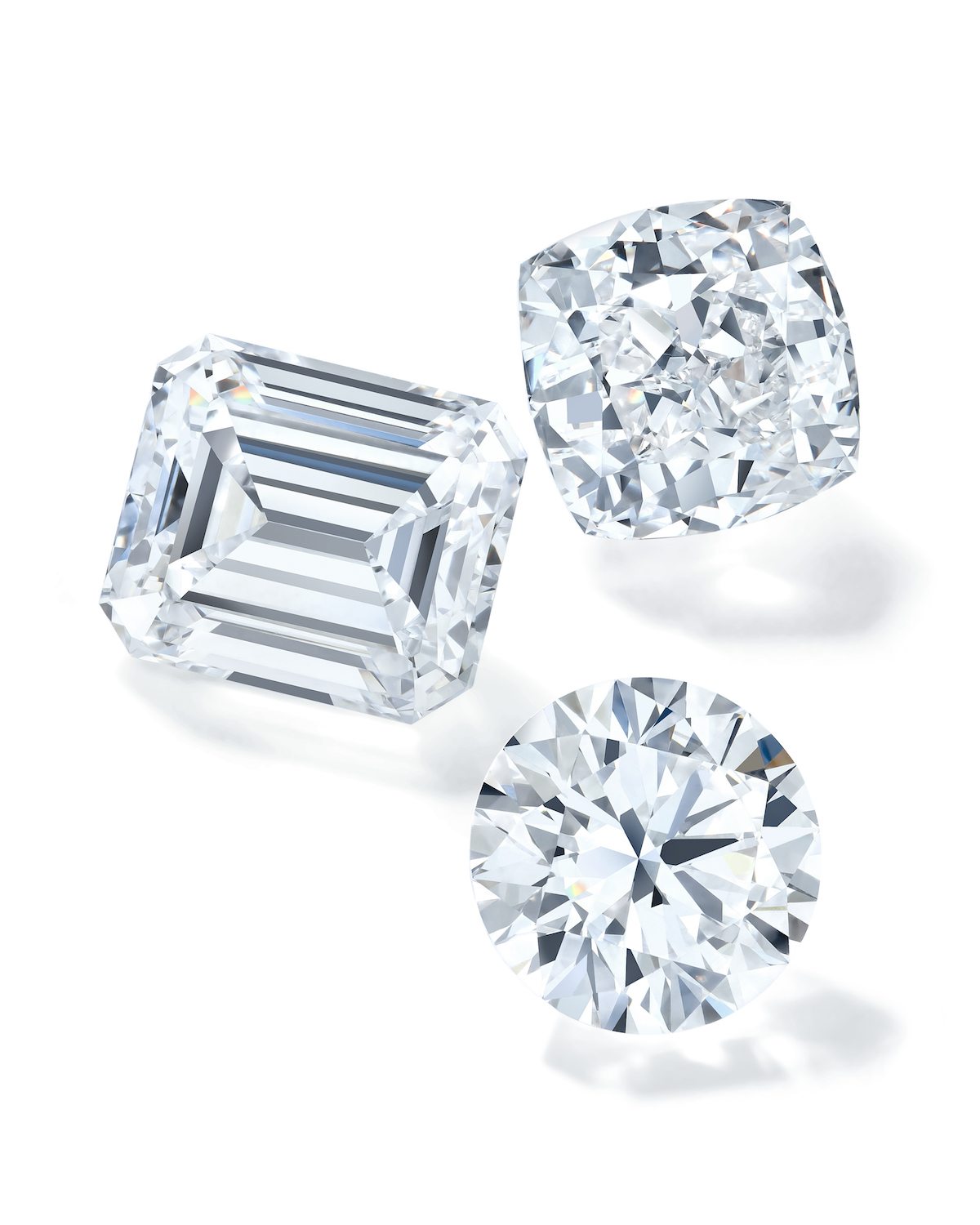
Gerstein expanded on this saying, “The Kimberley Process (KP) is the international certification scheme for preventing conflict diamonds, which the KP narrowly defines as diamonds that finance rebel movements against recognized governments. However, this definition leaves out many types of human rights abuses in diamond mining. Diamond mining can be tied to child labor, violence, exploitative working conditions, environmental destruction and more, yet still be labeled ‘conflict-free.’” This is why, she says, Brilliant Earth focuses on ethical sourcing and even has lab-created and recycled diamonds, both of which are eco-friendly.
Diamond mining can be tied to child labor, violence, exploitative working conditions, environmental destruction and more, yet still be labeled ‘conflict-free.’
The typical life cycle of a mined diamond that will eventually be offered for purchase through Brilliant Earth goes through a closely watched process. At each stage or change of hands, it is tracked. Gerstein described that, “For a typical Canadian diamond, mine operators sell rough diamonds by parcel to authorized buyers and provide proof of receipt. Authorized buyers then categorize diamonds by country of origin, supplier, and weight, and assign them each a unique ID number.” Sharing this information is one of the ways that Brilliant Earth works to educate consumers about their purchases.
Gerstein emphasizes that, “It is important to understand that an informed consumer can use their purchasing power to create change in the jewelry industry – and find jewelry they truly feel good about wearing.” Gold mining, for example, can be incredibly environmentally destructive. Choosing recycled precious metals, like those used by Brilliant Earth, helps diminish the negative impact these practices have on communities and the environment.
In fact, “Gold mining,” Gerstein adds, “is among the largest sources of mercury pollution, contributing more than 30 percent of global mercury emissions per year. The Philippine method [a mercury-free mining technique] allows miners to earn more for their work by using a safer and more economical alternative to mercury to extract gold.”
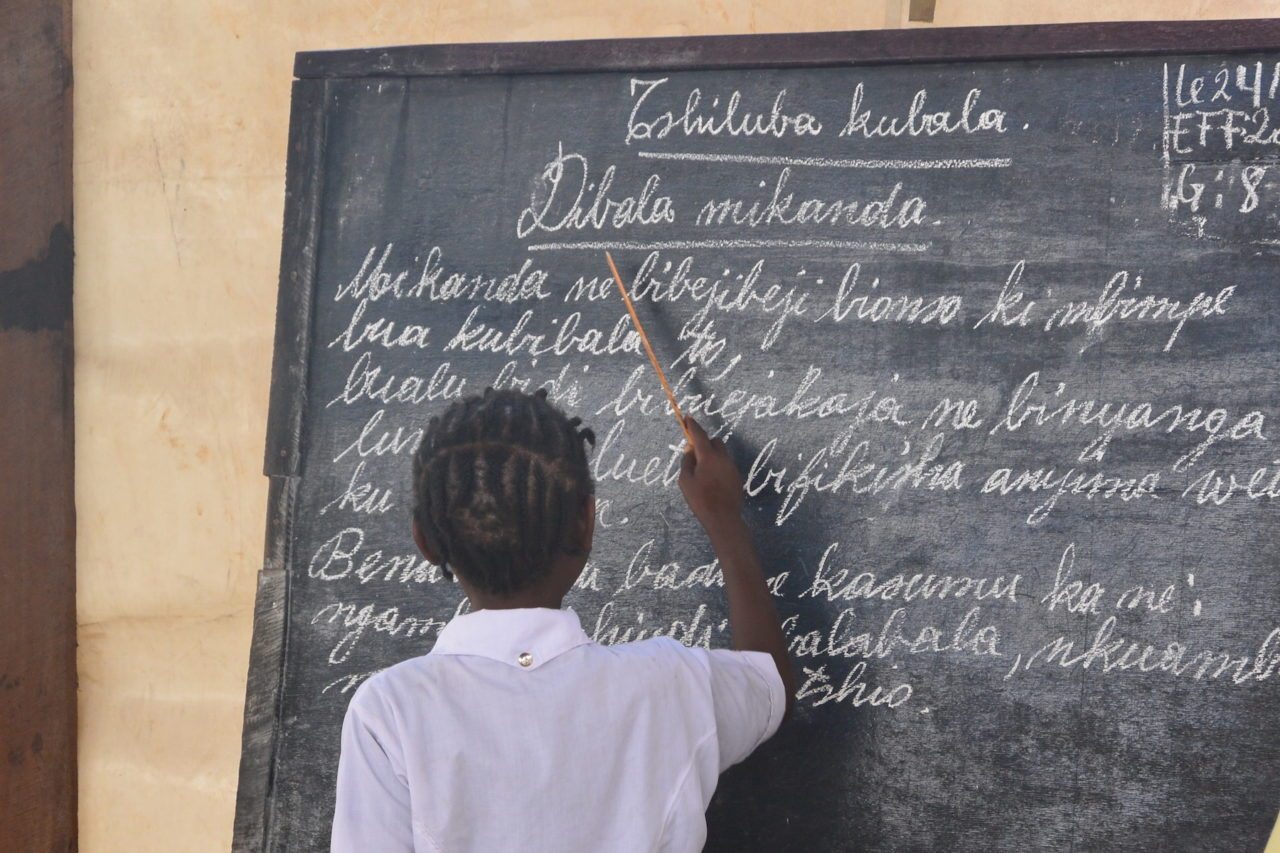
Brilliant Earth also makes it a focus to partner with and support communities from which they source their diamonds. Recently, they partnered with Pure Earth, a non-profit, in order to train gold miners in Peru in the Philippine method. This allows them to “earn more for their work by using a safer and more economical alternative to mercury to extract gold,” according to Gerstein.
Education is a central tenet of Brilliant Earth’s mission, though not only for consumers. In 2015, they opened the Brilliant Mobile School, funded by Brilliant Earth. It’s a primary school in a diamond mining community in the Democratic Republic of Congo (DRC) where, Gerstein says, “many of the students who attend might otherwise accompany their parents to work in the nearby diamond mine.”
With a commitment to fair, ethical, environmentally safe and educational practices, Brilliant Earth offers consumers a way they can change the jewelry industry with their purchases.
What factors affect your decision-making process when buying jewelry?
Images provided by Brilliant Earth

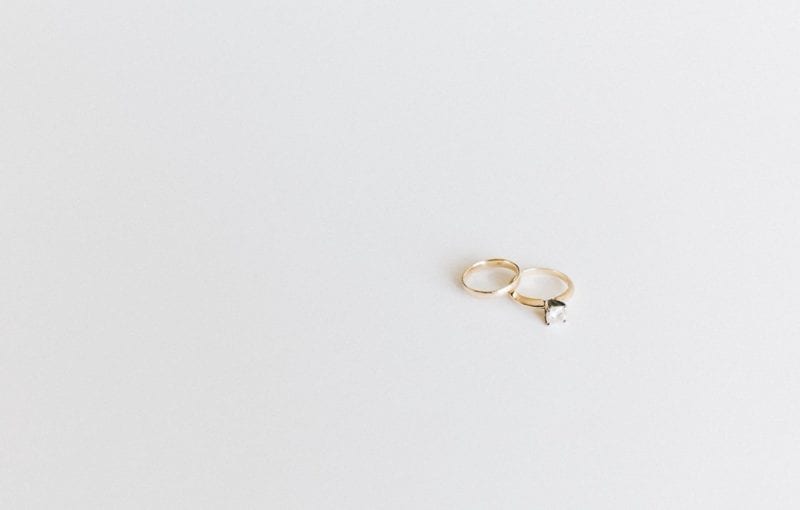


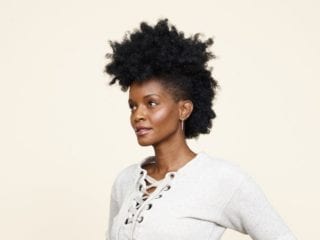

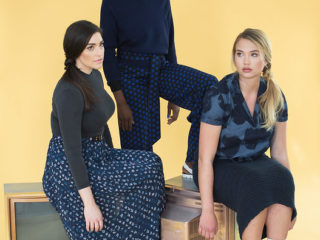
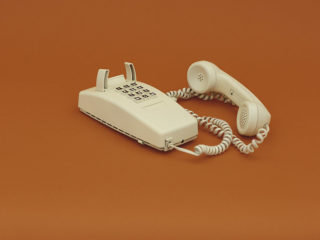




4 comments
Great article, but I just want to point out I heard a news story recently that Brilliant Earth has no way of proving that their diamonds are conflict-free.
Not sure if it’s fake news or not, but I want to put that out there just in case. Apparently the guy who claims this to be true is getting sued.
Mary Grace,
Thanks for a great article! There are also a number of other companies out there that are using fair trade gold and ethically sourced diamonds. Since you mentioned you worked with fair trade in the past- thought you would find this interesting.
https://ethicaltrade.crs.org/guide/#jewelry
Thanks, Erin! I was actually an ambassador with CRS, and I also heard your podcast episode with TCF, so I’m familiar. Thanks again for your work and for commenting!
I’ve never considered diamonds from this ethical point of view. What a great Brilliant Earth is doing!
–
Charmaine Ng | Architecture & Lifestyle Blog
https://charmainenyw.com